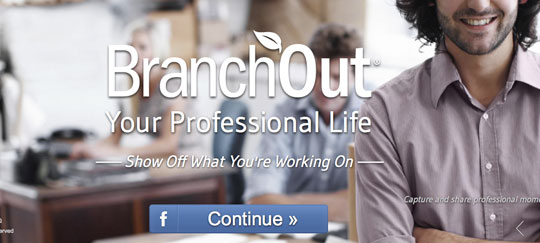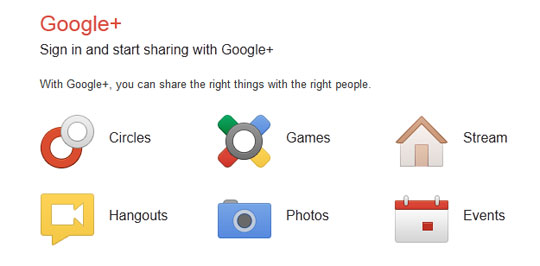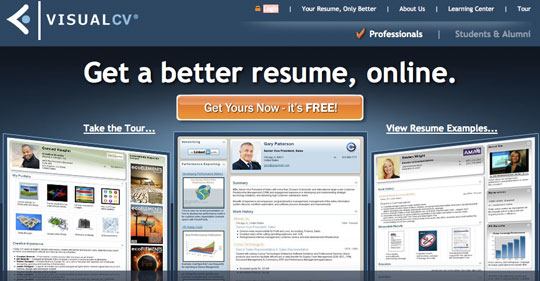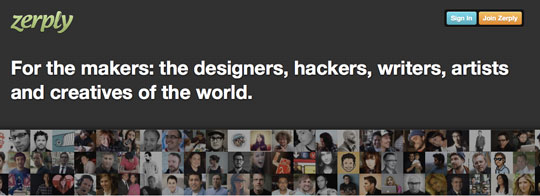When it comes to social media sites, few platforms are used for their networking juice like LinkedIn
LinkedIn is the undisputed leader in professional social networking. A report by HubSpot showed that it is a whopping 277% more effective than Facebook and Twitter at generating leads.
LinkedIn is a great networking tool, but there are other options out there. This article will give you an idea of what’s available with a look at the top five alternatives.
1. BranchOut
If BranchOut sounds familiar, it is probably because you encountered it on Facebook. In fact, it is currently the most popular professional networking app on the Facebook platform. Founded in 2010 by Rick Marini, BranchOut is widely used for job hunting, recruiting, and general networking.
What makes this social app stand out is the fact that it leverages the user’s existing Facebook network to help them make professional connections.
BranchOut recently “branched out” from Facebook by relaunching itself as a standalone application with hopes of competing with LinkedIn. That’s going to be tough, but with an active community of more than 30 million users, it is definitely a nice alternative.
2. Twylah
BranchOut leverages Facebook, Twylah harnesses the power of Twitter to conduct its networking business. Twylah allows you to create Twitter brand pages that can extend your presence beyond the popular microblogging site. This tool helps you focus your message by automatically organizing your tweets by trending topics, which gives the world an at-a-glance view of what you’re all about.
Additionally, Twylah keeps SEO in mind by optimizing your page to enhance visibility and generate traffic from the search engines.
One thing to like about Twylah is the hosting component. By giving you the ability to run a page on your own domain, it is essentially giving you another option for a website, while also helping brand your Twitter content.
3. Google+
When Google+ launched in the summer of 2011, the resemblance in looks and functionality instantly caused it to be compared to the mighty Facebook. As it matured, however, it may appear that the site was groomed to be a networking tool the likes of LinkedIn, rather than a Facebook clone. Google+ is primarily being used to make professional connections. Rarely will you see status updates talking about parties, the daily lunch menu, or grocery shopping expeditions.
Google+ has a number of features that complement social networking. Among them is Circles, which allows you to target specific communications for customers, prospects, partners, and other groups you define.
4. VisualCV
Some professionals are using LinkedIn as a more detailed and advanced version of their resume. VisualCV can be used in similar fashion. Hence the name, VisualCV uses visual elements such as images and video to put together what becomes an engaging digital resume. You can create a custom URL for your resume, share it publicly or privately, and even send it directly to potential employers.
VisualCV is completely free to use, which is somewhat surprising considering all the advanced features it offers. This one is highly recommended for creating resumes or portfolios that stand out from the crowd.
5. Zerply
Zerply is another LinkedIn alternative that is ideal for creating an online resume. This service lets you send potential employers to an attractive page complete with info on your social connections, in addition to your experience, skills, and traditional resume data. You can also invite others to join you on the network, and set up your own domain.
Similar to LinkedIn, Zerply lets you make connections with influencers and stay on top of the buzz in your specific niche.
While Zerply is free to use, it also has a premium version with more features you can upgrade to. Further, keep in mind that there is a cost for using a custom domain.
In Closing
LinkedIn broke the mold out of the gate by distinguishing itself from MySpace, Facebook, and other social networks more known for their recreational value. It was a bold move, but one that worked like a charm. Today it stands as a bonafide social powerhouse with the potential to grow and deliver even more benefits to networking professionals.
With the exception of Google+, these alternatives are about as under the radar as LinkedIn itself, but the point is that they do exist. Learn their strengths, offset their weaknesses, and they could make nice additions to your networking strategy.
Any other LinkedIn alternatives we should know about it? Let us know if we missed something.
* * *
LinkedIn Members Update
Earlier this week LinkedIn announced that they had reached 200 Million members across the globe. The following ‘official’ Infographic from LinkedIn itself explains the current situation with some interesting facts of the popular social network.
Aidan Hijleh is a freelance copywriter and serves as the Non-Profit Partnership Liaison for Benchmark Email. Aidan advocates free email marketing services to assist with the flourishing of grassroots organizations.






Comments are closed.